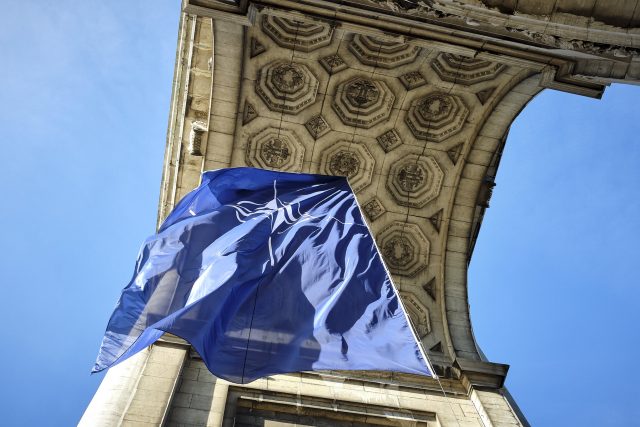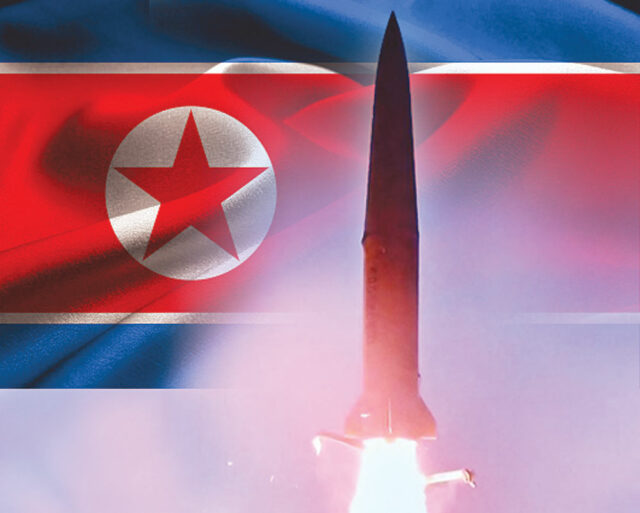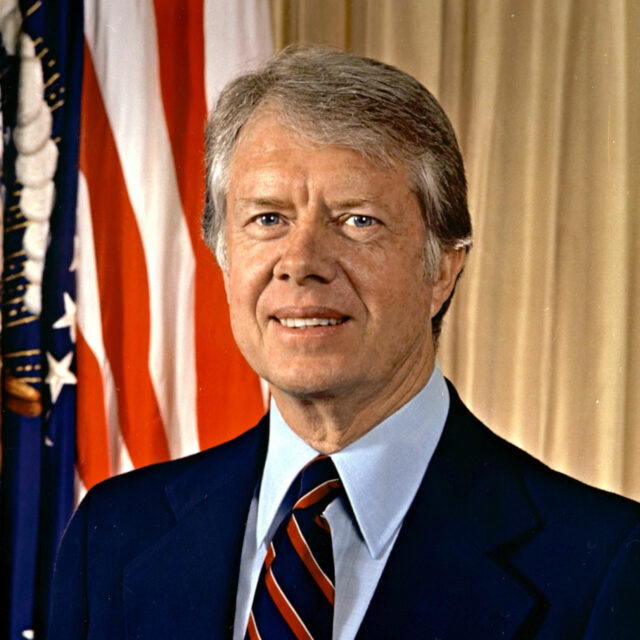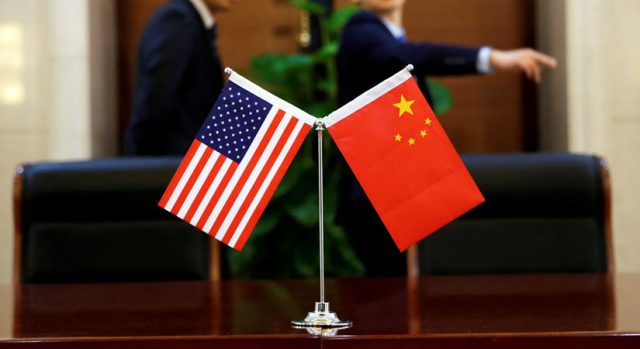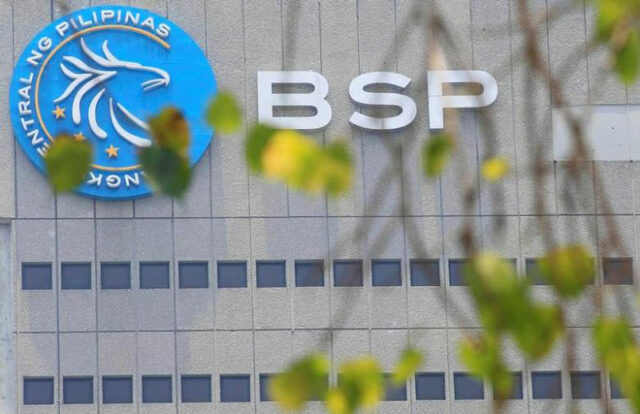Ukraine’s future is not in NATO
DURING World War II, the Allies started planning for the postwar era before victory was anywhere in sight. One year into Ukraine’s struggle against Russia, its time for Kyiv and the West to do likewise.
Ukraine certainly hasn’t won the war, and in view of Russia’s unfolding offensive, a settlement may be months or even years away. But whenever peace breaks out, Ukraine will still have to ensure its security against a Russian regime that barely acknowledges its right to exist. Fairly or not, Ukraine probably won’t be able to solve that problem by becoming a treaty ally of the US. It will, however, need Western support for years to come.
Even when wars end, the conditions that create them can persist. Russian President Vladimir Putin has made clear that he aims to steal as much Ukrainian territory as possible, because he does not believe the country is a real state that deserves real sovereignty. So even if he or some successor is forced to cut a peace deal or simply turn down the intensity of this conflict, Moscow could renew its aggression when the moment seems right.
Plan A for Ukraine might thus be membership in the North Atlantic Treaty Organization (NATO), an aspiration enshrined in the country’s constitution. It isn’t hard to see why. NATO membership brings the gold standard of security guarantees: a pledge from the world’s most powerful alliance, which includes the world’s only superpower, to treat an attack on one as an attack on all. There is no better invasion insurance in the modern world.
Alas, it’s unlikely to happen. As a rule, NATO does not admit countries with ongoing border disputes, let alone semi-frozen conflicts on their territory, because it doesn’t want to make the problems of new members its own. So unless the war ends with a total Russian withdrawal and capitulation on matters of Ukrainian territorial integrity, Kyiv may be left on the outside — a victim of the cruel irony that the very condition that makes NATO membership desirable also makes it impossible.
Any club that makes its own rules can change them, of course. But NATO operates on the principle of consensus, and it is doubtful that its 30 members will be willing to take on Russia if the war restarts. As President Joe Biden has said, he won’t “fight the third world war in Ukraine.”
Ukraine may well deserve NATO membership: It has shown incredible courage and capability in bloodying that alliance’s principal enemy. But in global politics, “deserve” doesn’t count for much.
Plan B, then, is a Ukraine that is affiliated with but not formally allied to the West — and that has a very powerful military to protect its own independence.
Ukraine is likely to emerge from this conflict as one of the foremost military powers in Europe. No country on the continent will take defense more seriously; Ukraine will also have huge reserves of trained manpower. Its military, now transitioning from Soviet-standard to NATO-standard equipment, will possess a higher quality of weapons than it did when the conflict began, including sophisticated capabilities such as the High Mobility Artillery Rocket System and Abrams tanks.
This relates to a second component of Ukraine’s security: a close and ongoing partnership in which Western countries advise and help train the Ukrainian military, while also continuing providing Kyiv with weapons and supplies it needs for self-defense.
This model is already emerging. The Abrams tanks that Biden pledged to give Ukraine are complex pieces of equipment that pose significant logistical and sustainment challenges. They are not the sort of capability Washington delivers unless it plans on staying deeply engaged with the recipient.
Individual NATO countries might go even further. The Eastern-front nations — Poland and the Baltic states, especially — share Ukraine’s existential fear of Russia and are beefing up their own militaries. There could be a “new Warsaw Pact” — a military bloc of Eastern European states, perhaps approximating a formal alliance, this time dedicated to protecting freedom rather than stifling it.
This strategy brings challenges. The history of, say, Poland-Ukraine relations isn’t entirely happy, so one question is whether current challenges can allow Eastern Europe to transcend past divisions. Plan B is a second-best solution for Ukraine, since — as the current war demonstrates — the difference between “NATO ally” and “close security partner” can be existential. Nor should the US underestimate the costs.
Ukraine is building a formidable military. But it will face huge difficulties sustaining it, given that the war has wrecked the country’s economy. There simply aren’t enough frozen Russian assets to pay for reconstruction, even if Washington and other countries were to take that approach.
So Ukraine will likely remain an economic ward of the West, with Washington and its allies funding the country’s defense for the foreseeable future. Even if Kyiv isn’t headed for NATO, the end of the war may be only the beginning of a long Western commitment to Ukraine.
BLOOMBERG OPINION

